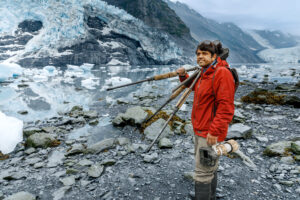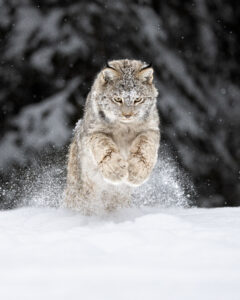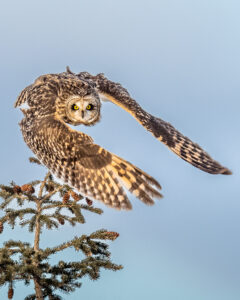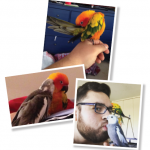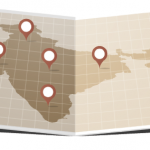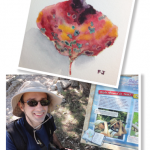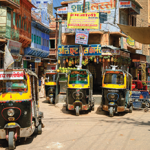Roughly six years ago, Nigil Haroon, MD, PhD, MBA, division head of rheumatology at the University Health Network, Toronto, traveled almost 9,000 miles from his home to Papua, New Guinea. His plan was to photograph the Raggiana bird-of-paradise, which can only be found in the tropical forests of eastern New Guinea.
He spent about two weeks in the forest with a guide, patiently waiting for these birds to fly in and perch on a nearby tree branch long enough for him to aim, focus and snap pictures. He slept in a log cabin without modern conveniences, such as internet connectivity, television or room service.
“Whether the bird came or not was completely a matter of luck,” he says, adding that his patience and persistence were rewarded. He was able to capture several photographs of this magnificent bird.
A self-taught photographer, Dr. Haroon has developed and sharpened the many skills needed for this form of artistic expression. He’s experimented with different cameras, filters and lenses, and developed a keen eye for what makes the perfect photo.
“I like to photograph wildlife,” he says. “My favorite subjects are birds in flight and rare birds. I’m careful not to disturb nature.”
5 Brothers
Although Dr. Haroon’s interest in photography dates to his childhood years, it wasn’t until medical school that he purchased his first professional camera for a class trip. He toured southern India, using his new camera to capture the beautiful forests, palaces and buildings.
Since then, he’s traveled to U.S. and Canadian national parks, Alaska, Africa, Central America, Asia and Oceania to take photos of wildlife and learn about their varied behaviors.
He photographed grizzly bears feasting on salmon during the salmon run at the Katmai National Park and Preserve and Lake Clark National Park and Preserve in Alaska, and in Bella Coola, B.C.
“Bears can be picky about the salmon they eat,” says Dr. Haroon. “There are hundreds of thousands of salmon in the stream, [but] they prefer Chinook salmon to other types [because] they have more fat.”
In recent years, he has also traveled to Kenya several times, photographing lion cubs, elephants, leopards, giraffes, buffalos, zebras and cheetahs. He photographed the Five Brothers, also known as the Magnificent Five, a band of five male cheetahs from three different families. Although these cats typically live and hunt alone, preying on small animals, he says these five banded together for about five years. They hunted large animals, enough to feed all five of them.
